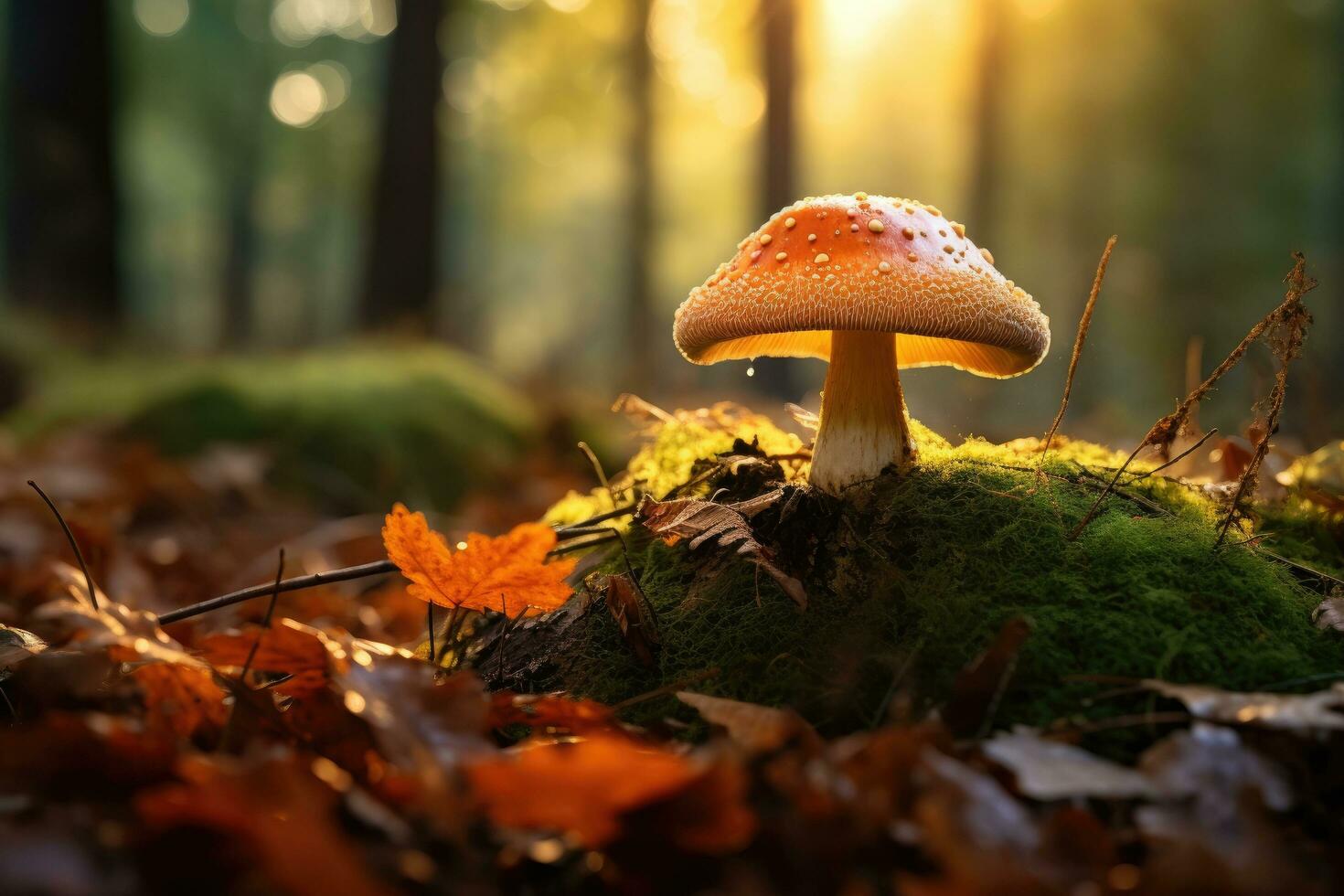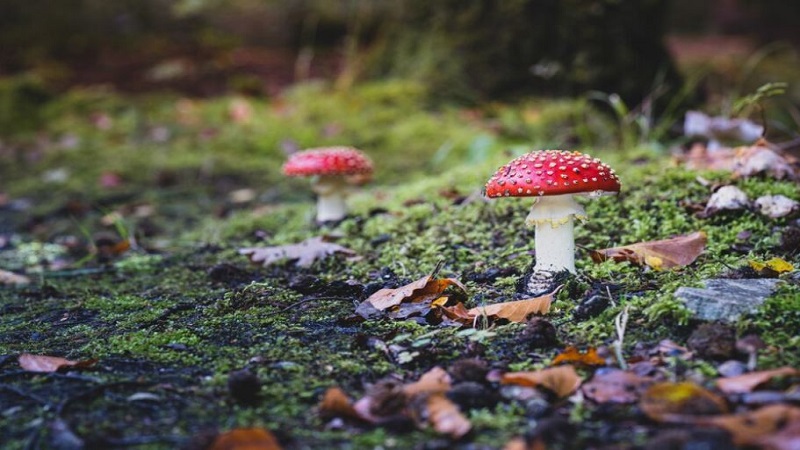Blog
aesthetic:okwg_jva4sc= mushroom: Embracing Nature’s Charm

aesthetic:okwg_jva4sc= mushroom have long captivated people with their unique shapes, colors, and textures. From tiny toadstools to massive fungi, these fascinating organisms contribute to the beauty of our environment. In recent years, mushrooms have gained popularity in the aesthetic world, inspiring art, fashion, and home decor. This article will delve into the aesthetic appeal of mushrooms, exploring their significance in various cultures, their role in art and design, and how you can incorporate mushroom aesthetics into your life.
The Fascination with aesthetic:okwg_jva4sc= mushroom
Nature’s Design
aesthetic:okwg_jva4sc= mushroom come in an astonishing variety of shapes, sizes, and colors. Their delicate gills, caps, and stems create intricate designs that can be both simple and complex. The natural beauty of mushrooms has inspired countless artists, designers, and nature enthusiasts. Each mushroom species has its unique characteristics, making them a rich source of inspiration for creativity.
Cultural Significance
aesthetic:okwg_jva4sc= mushroom hold significant meaning in many cultures. For some, they symbolize transformation and renewal, while for others, they represent fertility and abundance. In some cultures, mushrooms are associated with magic and mystery, often linked to folklore and mythology. The iconic imagery of fairies sitting on mushrooms is just one example of how these fungi have woven themselves into the fabric of our stories and beliefs.
Aesthetic Appeal
The aesthetic allure of mushrooms lies in their ability to evoke a sense of wonder. Their unusual shapes and vibrant colors can bring joy and curiosity to any space. In art, mushrooms often symbolize the beauty of the natural world and remind us to appreciate the simple things in life. As an aesthetic element, they can transform ordinary settings into enchanting environments.

read also: babyyud3upl-w4k-bluey/
The Role of aesthetic:okwg_jva4sc= mushroom in Art
Artistic Representation
Mushrooms have been a popular subject in art for centuries. Artists have used various mediums to capture the beauty of these fungi, from paintings to sculptures. The detailed patterns on mushroom caps and their unique structures provide endless opportunities for creative expression.
Painting and Illustration
In painting, mushrooms are often depicted in various styles, from realistic portrayals to abstract interpretations. Illustrators frequently use mushrooms in children’s books, adding a whimsical touch to the story. The vibrant colors and unique shapes of mushrooms make them an excellent subject for illustrations, bringing a sense of fantasy and adventure to readers.
Sculpture and Installation
Sculptors and installation artists have also embraced mushrooms in their work. Large-scale mushroom sculptures can be found in parks, gardens, and public spaces, inviting viewers to engage with nature in unexpected ways. These installations often play with scale and perspective, encouraging people to see the world differently.
Modern aesthetic:okwg_jva4sc= mushroom Trends
In recent years, the mushroom aesthetic has gained traction in contemporary art and design. Artists are increasingly incorporating mushrooms into their work, celebrating their beauty and uniqueness. This trend is often associated with the broader movement of embracing nature and sustainability in art.
Incorporating aesthetic:okwg_jva4sc= mushroom in Your Life
Home Decor
Mushrooms can add a touch of whimsy and charm to your living space. Here are some ways to incorporate mushroom aesthetics into your home decor:
Wall Art
Consider hanging mushroom-themed artwork in your home. You can find prints, paintings, or even photographs showcasing these fungi. Whether you prefer a colorful illustration or a more subtle, muted tone, mushroom art can enhance the overall aesthetic of your space.
Decor Items
Look for decorative items featuring mushrooms, such as vases, throw pillows, or ceramics. These small touches can create a cohesive look while adding character to your home. You can also find mushroom-shaped lamps or sculptures that serve as conversation starters.
Indoor Plants
To create a natural ambiance, consider adding indoor plants that complement your mushroom theme. Ferns and other lush greenery can enhance the aesthetic while creating a tranquil environment.
click below; todays-newsweek-wordle-hint/
Fashion and Accessories
Mushroom motifs are increasingly popular in fashion. Designers are incorporating these unique shapes and colors into clothing, accessories, and footwear. Here are some ways to embrace the mushroom aesthetic in your wardrobe:
Clothing
Look for dresses, tops, or sweaters with mushroom prints or patterns. These pieces can add a playful touch to your outfit while celebrating nature’s beauty. You can also opt for earthy tones that reflect the colors of mushrooms, such as browns, greens, and muted pastels.
Accessories
Accessorizing with mushroom-themed jewelry or bags can add a unique flair to your look. From earrings shaped like mushrooms to handbags featuring mushroom prints, there are countless options to express your love for these fungi.
The Symbolism of Mushrooms
Mushrooms carry various meanings and symbolism in different cultures. Understanding these associations can deepen your appreciation for their aesthetic value.
Growth and Renewal
In many cultures, mushrooms symbolize growth and renewal due to their ability to flourish in diverse environments. They often emerge after rain, representing new beginnings and the cycle of life. Incorporating mushroom aesthetics into your life can serve as a reminder of resilience and transformation.
Magic and Mystery
Mushrooms have long been associated with magic and mystery. In folklore, they are often linked to enchanted forests and mythical creatures. Embracing the mushroom aesthetic can evoke a sense of wonder and spark your imagination.
Connection to Nature
Mushrooms are a reminder of our connection to the natural world. They play essential roles in ecosystems, breaking down organic matter and contributing to soil health. By incorporating mushrooms into your life, you can foster a deeper appreciation for nature and its intricate beauty.
Mushroom Aesthetic in Modern Media
The mushroom aesthetic has also found its way into modern media, including films, books, and video games. Here are some examples:
Films and Animation
Movies and animated films often use mushrooms to create enchanting worlds. They are frequently depicted in fantasy settings, enhancing the whimsical atmosphere. From iconic scenes in animated classics to stunning visuals in modern films, mushrooms contribute to storytelling in various ways.
Literature
In literature, mushrooms symbolize mystery and adventure. They often appear in children’s books, where they invite young readers to explore fantastical realms. The imagery of mushrooms can spark curiosity and inspire a sense of wonder in readers of all ages.
Video Games
In the realm of video games, mushrooms often serve as power-ups or collectibles. They add a playful element to gameplay and enhance the overall aesthetic of the gaming experience. The vibrant colors and imaginative designs of mushrooms make them a favorite among game developers.
Conclusion
The aesthetic:okwg_jva4sc= mushroom appeal of mushrooms is undeniable. From their unique shapes and colors to their cultural significance, mushrooms inspire creativity and joy. Whether through art, home decor, fashion, or modern media, the mushroom aesthetic continues to captivate our imagination. Embracing this aesthetic can remind us of our connection to nature and the beauty that surrounds us.
FAQs
1. What are some popular mushroom species known for their aesthetic appeal?
Some popular aesthetic:okwg_jva4sc= mushroom species known for their aesthetic appeal include the fly agaric (Amanita muscaria), with its bright red cap and white spots, and the blue chanterelle (Cantharellus subcultivatus), known for its striking color.
2. How can I create a mushroom-themed garden?
To create a mushroom-themed garden, incorporate decorative aesthetic:okwg_jva4sc= mushroom sculptures, plant ferns and other shade-loving plants, and use mulch or ground cover to mimic the forest floor.
3. Are there any famous artists known for their mushroom-themed work?
Yes, several artists have embraced aesthetic:okwg_jva4sc= mushroom themes in their work. One example is artist M. S. Corley, known for her whimsical mushroom illustrations and prints.
4. What materials are commonly used in mushroom-themed decor?
Common materials used in aesthetic:okwg_jva4sc= mushroom -themed decor include ceramic, wood, fabric, and metal. You can find mushroom-themed items made from various materials to suit your aesthetic preferences.
5. Can mushrooms be used in sustainable fashion?
Yes, aesthetic:okwg_jva4sc= mushroom are increasingly used in sustainable fashion. Some designers are exploring mushroom leather, a biodegradable alternative to traditional leather, which can be used to create eco-friendly clothing and accessories.other blogs






